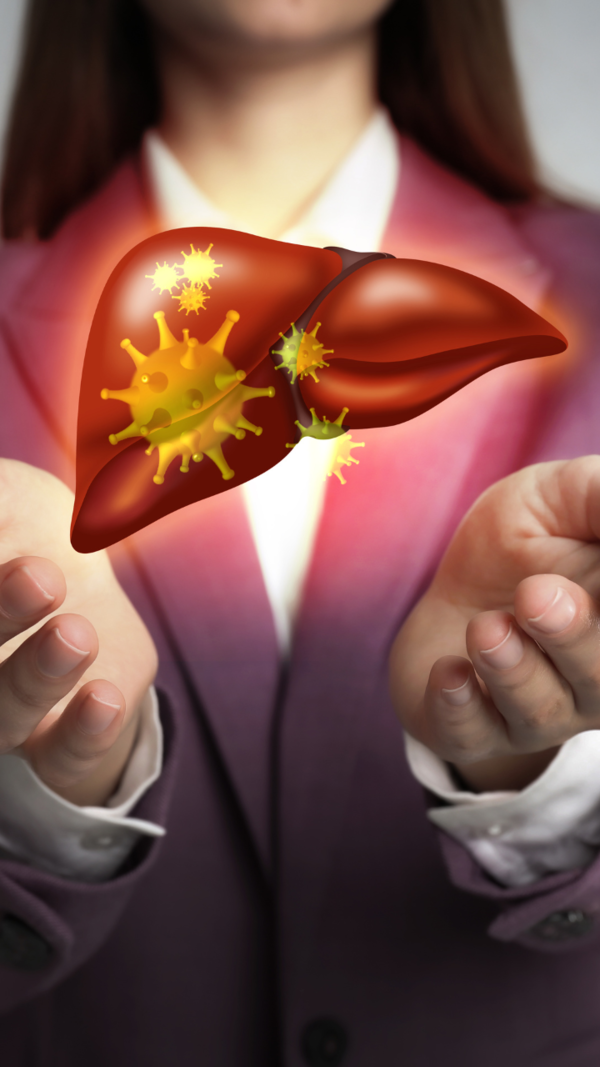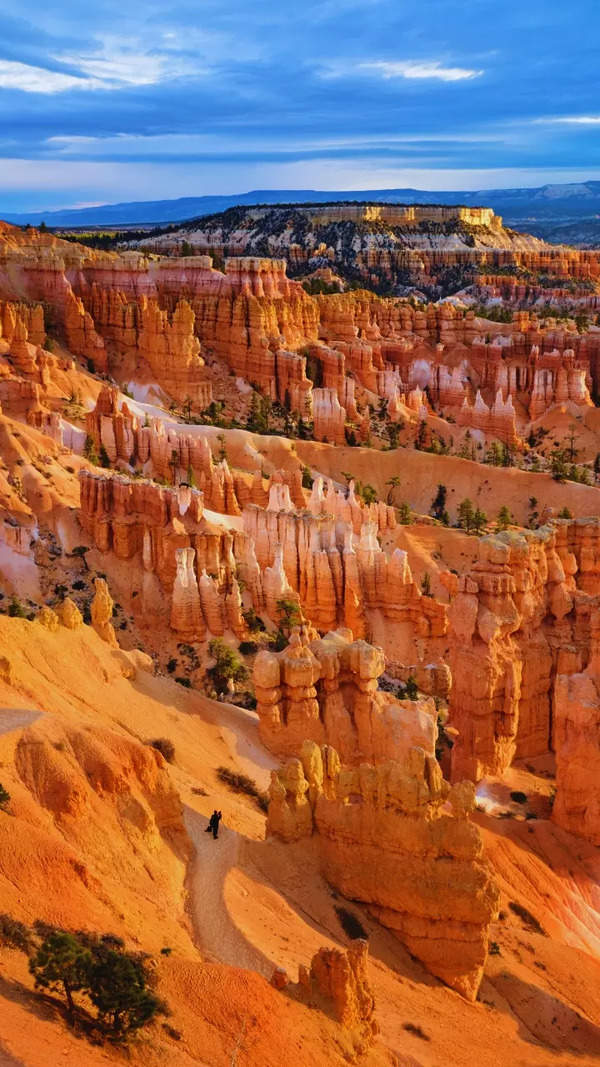Trending
The best places to witness the 'Blood Moon' from in March 2025
A total lunar eclipse, also known as a blood moon, will occur on March 13-14, 2025, visible in North and South America. The moon will appear rusty red during totality, lasting 65 minutes. The best viewing locations include Los Angeles, Mexico's Pacific coast, Mendoza, Atacama Desert, Madrid, Lisbon, Cairo, and Cape Town.
While stunning celestial wonders keep on gracing us throughout the year, there’s something distinctively captivating about the blood moon. Whether it’s because of how we grow up hearing fascinating stories about the moon, or because it is within our eyesight without the help of some high-end instrument - the moon has always held a special place in our hearts.
To add a little more glitter to its silvery charm, this March is going to be extra special for the celestial body. However, this March, the moon won’t be shining bright with its silvery aura - but it will be painted in rusty red!
For this March, we will be able to witness the blood moon!
What is a ‘blood moon’?
If the sky is clear, the pollution and clouds are at bay - we get to see the moon lighting the night sky with its bright silvery aura. Sometimes, the aura is more on the softer side of pale beige, giving the night sky a touch of milky white or rusty sepia-toned tenderness.
However, a ‘blood moon’ is a popular term for a total lunar eclipse when the moon appears red or ruddy brown in color.
A total lunar eclipse is coming to Earth for the first time since 2022. On the night of March 13-14, 2025, North America and South America will get a great view of all phases of a ‘blood moon’.
On that night, the moon will appear to us here on Earth to turn a striking rusty-red color when it aligns with our planet and the sun. When this happens, the moon passes into Earth's shadow in a color-shifting process that lends it the nickname, ‘blood moon’.

When will the blood moon occur?
According to Timeanddate.com, the lunar eclipse will happen in five stages between 11:57 p.m. and 6 a.m. EDT (03:57 to 10:00 UTC).
The first stage begins when the moon moves into Earth's fuzzy outer shadow, its penumbra, and loses its brightness. It then enters the umbra, and gradually turns reddish as the line of Earth's shadow moves across the moon.
According to NASA, if you live in the U.S., you can see the eclipse starting at about 11:57 p.m. EST when the penumbral phase begins as the moon enters the outer part of the shadow and begins to subtly dim.
At 1:09 a.m., a partial eclipse begins as the moon enters Earth's umbra and starts to darken. To the naked eye, the moon should look like a bite is being taken out of the lunar disk.
What you don’t want to miss, is the phase of totality when the entire lunar surface will appear reddish, becoming a true blood moon. Halfway through that 65-minute period, the event starts to run in reverse, with the moon gradually slipping out of Earth's umbra, then penumbra, before finally returning to its regular bright, white-gray color.
Totality occurs at 2:26 a.m. when the entire moon is under the umbra. This is when the reddish hues of the "blood moon" will be on display.
As the moon exits the umbra by about 3:31 a.m., the red color will fade and another bite-like display, this time on the other side of the moon, will appear. As NASA explains, the entire eclipse process is projected to end by 6 a.m. as the moon slowly exits the Earth's penumbra.

The best places to witness the blood moon from:
For this eclipse, the Western Hemisphere will be treated to the view, including all of North America. For those in the United States, that means all lower 48 states should have a view. The total lunar eclipse will also be visible over South America and western parts of Europe and Africa.
Los Angeles, United States—West Coast: Thanks to its clear skies and minimal light pollution, Los Angeles is a great place to see the Blood Moon. Whether you're viewing the eclipse from the city itself or from the surrounding hills, the West Coast offers some of the best conditions for the event, ensuring you have a remarkable experience.
Mexico (Mazatlán and Puerto Vallarta): With locations like Puerto Vallarta and Mazatlán offering stunning coastal views, Mexico's Pacific coast is an excellent destination to witness the lunar eclipse. Imagine watching the Blood Moon rise against the ocean—it's truly a dream come true for skywatchers.
Mendoza, Argentina: Mendoza, located in the heart of Argentina's wine region, is an ideal spot for stargazing due to its clear skies and peaceful surroundings. The flat, dry terrain ensures an unobstructed view of the Blood Moon, making it the perfect place to witness this rare celestial event.
Chile's Atacama Desert: Renowned worldwide for its pure air and cloudless skies, the Atacama Desert offers some of the best stargazing conditions on Earth. The high altitude and low light pollution make it one of the top locations to view the lunar eclipse in March 2025.
Madrid, Spain: Madrid offers excellent viewing conditions for the lunar eclipse, especially from the western part of the city. While Europe will only see a partial view of the moonset, Madrid provides a fantastic vantage point to experience the spectacle framed by the city’s stunning architecture.
Lisbon, Portugal: Lisbon, located on Europe’s western coast, provides a breathtaking view of the Blood Moon, particularly at moonset. With its mild March weather and coastal setting, Lisbon is the perfect destination for those wishing to witness this celestial wonder.
Cairo, Egypt: Cairo offers a unique vantage point and is perfectly positioned for observing the lunar eclipse. Any skywatcher visiting Egypt's historical sites will be inspired by the view as the moon moves across Earth's shadow.
Cape Town, South Africa: Cape Town is another amazing location to witness the Blood Moon. With its clear air and low light pollution, stargazing here is ideal. Watching the eclipse over South Africa's rugged landscapes promises to be both a serene and awe-inspiring experience.

How to watch the blood moon?
The upcoming total lunar eclipse, the first since November 2022, will also coincide with this year's full worm moon, the third and final full moon of the winter.
While lunar eclipses are relatively rare, when they do happen, they're visible to an entire half of Earth. And while you don't need any special equipment to observe the phenomenon, astronomers insist that the view will be even better with telescopes and binoculars. Regardless, a dark environment away from bright city lights makes for the best experience during the lunar eclipse.
End of Article
FOLLOW US ON SOCIAL MEDIA
Visual Stories
Tired of too many ads?go ad free now









